5 Tips & Flies for Late Summer Fly Fishing

Late summer fly fishing presents a set of challenges and opportunities that differ significantly from earlier in the season. As the heat of the summer lingers, water levels in many rivers and streams drop, and temperatures rise, altering both the environment and trout behavior. Trout become more selective and less active during the hottest parts of the day, seeking refuge in cooler waters and feeding in shorter windows, often during early mornings or late evenings. During this time, the large, prominent stoneflies and mayflies of spring and early summer have disappeared, and the aquatic insect activity shifts toward smaller mayflies, caddis, and stoneflies. These smaller hatches lead to highly selective and sometimes picky trout, making it essential to adapt both your fly selection and presentation to increase your chances of success.
Understanding these changes and adjusting your approach—whether it’s choosing the right fly patterns, fishing at optimal times, or employing gentler presentations—can make all the difference in your late summer fly fishing success.
Here are a few tips for your late summer fly fishing adventures:
1. Read the Water & Avoid the Midday Heat
As streams warm up, trout seek cooler waters, often migrating upstream. Trout become less active in warm water, and feeding slows. As fall nears, temperatures start to drop, affecting trout feeding patterns. However, many streams experience wide temperature fluctuations due to lower water levels, warming and cooling quickly throughout the day.
Focus your efforts on early morning and evening fishing when water temps are cooler and trout are more active. Mayflies hatch early in the morning, caddis hatch in the evening, and stoneflies often hatch after dark. If you're fishing at high altitudes, where water stays cool, you might find trout feeding throughout the day, but elsewhere, stick to dawn and dusk.
2. Freshen Up Your Leader & Choose the Right Strength
Late summer is a great time to refresh your leaders and tippet spools. Nylon monofilament can degrade over time, making it less reliable. Consider restocking to ensure you have fresh line on hand. Fluorocarbon leader and tippet are more durable and less visible in clear water, making them an excellent choice for late summer fishing. Be sure to use light sizes (6X to 8X), as trout in clear, slow-moving waters can be leader-shy.
3. Set Your Hook Quickly & Protect Your Tippet
A smooth, quick hookset is essential when fishing with light tippets and small flies. Avoid snapping the rod with a wrist flick, as this can cause your leader to break. Instead, lift your rod gently with your forearm, keeping your wrist rigid. This slow, steady motion will set the hook without putting unnecessary strain on your delicate leader. Remember, with small, sharp hooks, a little effort goes a long way.
4. Vary Your Casts & Handle Fish Gently
In late summer, trout can be leader-shy, so varying your cast can help. Try reach casting to present your fly naturally, either across the current or down and across to get the best drift in the feeding lane. Once you've hooked a trout, fight it gently with a light drag and let it run. When the fish tires, steer it off-balance with a side pull of the rod.
If you need to land the fish, avoid dragging it upstream against the current. Instead, wade to a quieter section of water, where landing the trout will be easier. Using a net helps speed up the release process, ensuring minimal stress for the fish.
5. Check Your Flies & Change Often
Late summer fly fishing requires constant fly changes to match what trout are feeding on. Before you hit the water, examine your fly box under good light. Clear any blocked hook eyes, clip off old knots, and discard rusted or damaged flies. You can even pre-apply floatant to dry flies to save time on the water.
On the river, don’t hesitate to experiment. Start with the smallest flies in your box and gradually increase size, or switch between light and dark colors to narrow down what the trout are keying in on. This methodical approach will give you better results than guessing blindly.
Top Late-Summer Flies

|
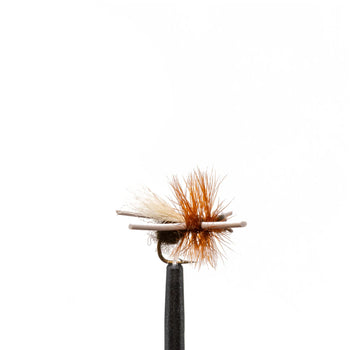
|
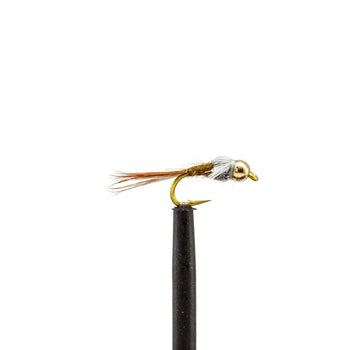
|
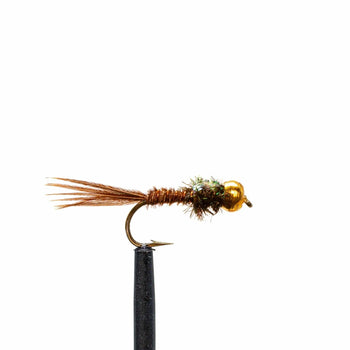 |

|
| PMD Parachute | Super Ant - Black | Beadhead Blue Wing Olive (BWO) Emerger | Beadhead Flashback Pheasant Tail | Zebra Midge (Black or Red) |
Here are 10 effective late-summer fly patterns in sizes 16-22 that are perfect for selective trout:
- PMD Parachute
- Super Ant - Black
- Beadhead Blue Wing Olive (BWO) Emerger
- Beadhead Flashback Pheasant Tail
- Zebra Midge (Black or Red)
Foam Patterns for Big Summer Trout
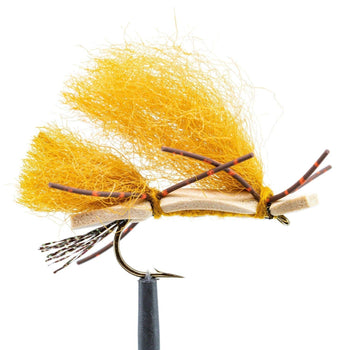
|
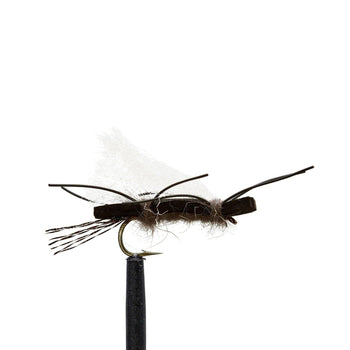
|
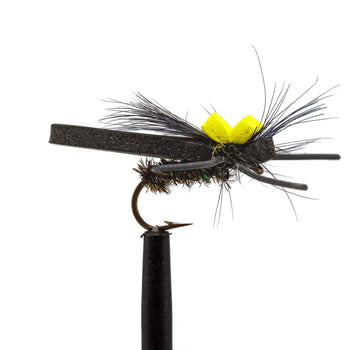
|
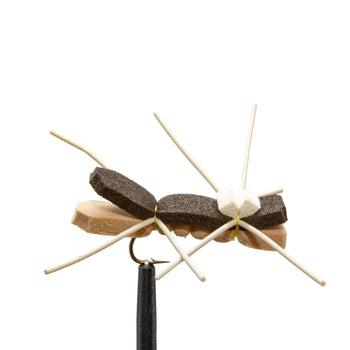
|
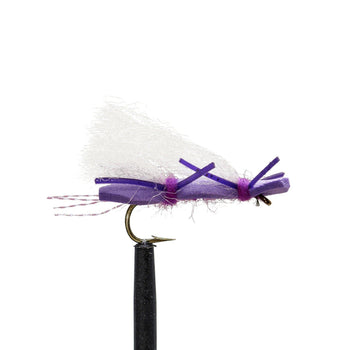
|
| Tan (Southfork Stone) Chubby | Black (Vader) Chubby | Snake River Beetle |
Chernobyl Ant |
Purple (Barney) Chubby |
In late summer, hoppers and beetles can provoke aggressive strikes from trout, especially with foam patterns. The bigger the bug, the bigger the trout! Windy conditions and post-frost days are prime for using foam flies to imitate grasshoppers falling into the water.
Here are some foam pattern recommendations:
- Tan (Southfork Stone) Chubby
- Black (Vader) Chubby
- Snake River Beetle
- Chernobyl Ant
- Purple (Barney) Chubby
See more option in our blog post about Parachutes and Foam Flies
SHOP ALL FLIES
RELATED ARTICLES:
- Rule the Waters This Summer with Terrestrial Flies
- 8 Late Summer Strategies for Landing the Perfect Trout
- Top 5 Summer Hatches: What Flies You Need in Your Box
- How to Choose the Right Size Fly Fishing Leader & Tippet
- Maximizing Your Fly Fishing Success: Why You Should Buy Flies in Bulk
- Essential Fly Fishing Knots: 10 Key Ties for Angling Success







